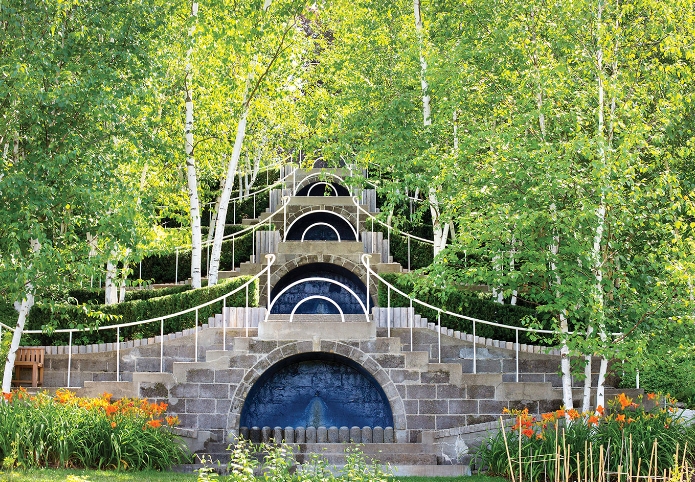Fletcher Steele: A Pioneer of American Landscape Design
Fletcher Steele is a name that often slips under the radar in discussions of landscape architecture, yet his innovative work has profoundly influenced gardens across the United States. Known for blending formal European traditions with the natural beauty of American landscapes, Steele’s designs are both practical and aesthetically captivating. Here’s a closer look at his work and its significance in landscape architecture.
The Early Years: A Journey into Landscape Architecture
Fletcher Steele was born in 1885 in a small New England town. His early exposure to the beauty of nature sparked a lifelong passion for landscape design. After earning a degree from Harvard University, he traveled to Europe, where he was inspired by the grandeur and symmetry of iconic gardens. This experience shaped his approach, allowing him to later introduce these classic elements in a distinctly American context. Steele’s early works, such as the Wellesley College Garden, showcase his commitment to creating spaces that resonate with both history and contemporary life.
Innovative Designs: Bridging Tradition and Modernity
One of Steele’s most notable contributions to landscape architecture is his ability to reconcile traditional design with modern aesthetics. He believed gardens should be dynamic spaces, accommodating the evolving needs of their users. In his designs, he combined geometric shapes with organic forms, promoting a sense of harmony between man-made structures and the natural environment. A prime example is the Naumkeag estate in Massachusetts. Here, Steele expertly integrated terraces, fountains, and meandering paths, creating a garden that’s both functional and visually striking. This balance remains a hallmark of his signature style.
Lasting Influence: Beyond His Time
Though Fletcher Steele passed away in 1971, his influence continues to flourish in the field of landscape architecture. His designs paved the way for modern landscape architects, emphasizing the importance of outdoor spaces as extensions of our living environments. Steele’s philosophies encourage a deeper interaction with nature, an awareness that is particularly relevant in today’s world which increasingly values sustainability and wellness. His legacy serves as a reminder that thoughtful landscaping can elevate our daily experiences, transforming ordinary spaces into extraordinary places.
In conclusion, Fletcher Steele’s work offers invaluable lessons in the art of landscape architecture. His ability to blend beauty with function not only enhanced the spaces he designed but also set a precedent for future generations. If you’re intrigued by Steele’s contributions to landscape design, consider exploring his gardens or engaging with local landscape architects who carry on his innovative spirit. Discover how thoughtful outdoor spaces can enrich our lives, just as they have for nearly a century.

